It Only Took Trump One Year To Trash America's Global Reputation
A few days after the election that elevated Donald Trump to the U.S. presidency, the German magazine Der Spiegel ran an image on its cover of Trump’s head ― a blaze of yellow and orange ― hurtling through dark space toward the globe, above the headline “The End of the World.”
In the year since the Nov. 8, 2016 election, dread and anxiety around the world has only mounted with the realization that Trump doesn’t care for strategic alliances or multilateral solutions to global challenges. His is a zero-sum approach to world affairs in which the “winner” takes all and diplomacy is for losers.
The United States has become less respected under Trump, polls suggest, and as the president disdainfully discards the nation’s mantle of global leadership, erstwhile close allies are relying less on America and instead are going their own way.
The new @DerSPIEGEL cover story on Trump's election will be online in English this evening (European time). pic.twitter.com/OKNYPXZgtD
— SPIEGEL English (@SPIEGEL_English) November 11, 2016
Trump’s management of U.S. foreign policy is “revolutionary in a very negative way,” said Aaron David Miller, who is vice president and Middle East programs director at the Woodrow Wilson International Center and a former State Department negotiator in past Democratic and Republican administrations. “It’s a galactic disaster.”
Trump has disempowered Secretary of State Rex Tillerson by farming out foreign policy to his son-in-law and chief adviser, Jared Kushner, and to Gary Cohn, the head of the National Economic Council and Trump’s chief economic adviser. He’s also allowed U.S. Ambassador to the U.N. Nikki Haley to speak on issues that normally fall under the purview of the secretary of state, Miller said, adding that Trump also contradicts himself, his advisers and members of his Cabinet.
“Messaging has been wandering all over the parking lot,” Miller said.
“The rest of the world is shaking its head,” he added. “They’ve lost a good bit of faith in American leadership and what America stands for.”
A Disregard For American Values
Trump’s pugnacious style and his Manichean rhetoric on the world stage, along with the unpredictability of a White House in near-constant disarray and the abandonment of several existing international commitments have only further eroded America’s position.
Trump has withdrawn from the Paris climate accords and the Trans-Pacific Partnership trade agreement. He has threatened to walk away from the Iran nuclear deal, angering European allies who see America going back on its word. He has vowed to build a wall on the U.S.-Mexico border and pull out of the North American Free Trade Agreement. He has left key State Department positions unfilled, impairing America’s ability to understand the rest of the world. And his blustery rhetoric on North Korea has raised fears of nuclear war.
“It’s the worst of all worlds,” said Stephen M. Walt, professor of international affairs at Harvard University’s John F. Kennedy School of Government. “The United States is continuing to intervene in various places … but we’re now doing it with an incompetent president. And this will not end well.”
The biggest difference between Trump and his predecessors, Walt argued, is Trump’s seeming disregard for foundational American values such as freedom, democracy and equal rights. That, combined with ease around thuggish authoritarian presidents including Vladimir Putin in Russia and Rodrigo Duterte in the Philippines, directly undermine America’s standing in the world.
“He’s very comfortable with dictators of all kinds,” Walt said. “It’s one thing to recognize that there are sometimes trade-offs and that sometimes you have to compromise on those values … But in Trump’s case, he’s throwing those values out of the window. And that is giving up a great advantage that the United States has had in terms of foreign policy ― namely, that the United States stood for something other than just self-interest.”
America’s Global Reputation Hurt By Trump
“Trump and many of his key policies are broadly unpopular around the globe, and ratings for the U.S. have declined steeply in many nations,” according to the Pew Research Center, which polled more than 40,000 people from 37 countries around the world earlier this year.
Most non-Americans consider Trump “arrogant,” “intolerant” and even “dangerous,” the poll found. Just 22 percent of respondents expressed “confidence in Trump to do the right thing when it comes to international affairs,” compared with 64 percent during Barack Obama’s presidency. The decline in trust was most marked among America’s closest allies in Europe and Asia, as well as in neighboring Mexico and Canada.
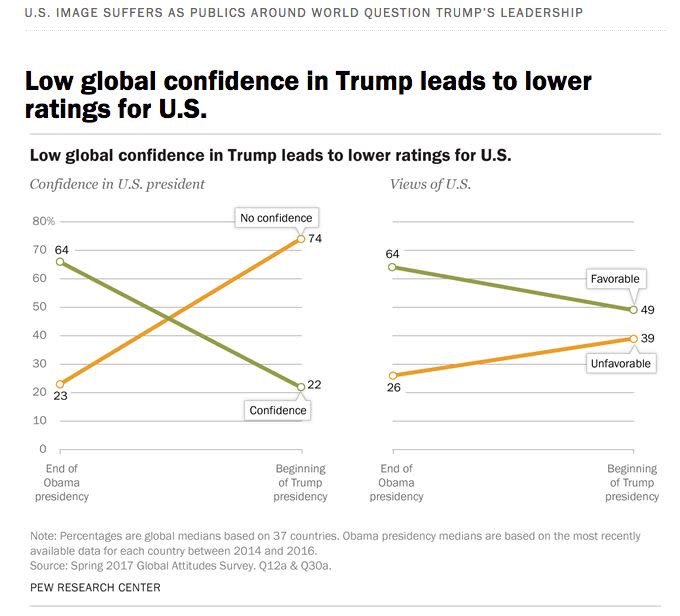
In only two of the polled countries ― Russia and Israel ― did people believe Trump is a better president than Obama.
“I don’t think you need a Pew poll to come to the conclusion that our allies are beside themselves ― both in terms of the issue of competency and strategy. And our adversaries … have exploited every conceivable opportunity Trump has thrown their way,” said Miller.
American presidents once heralded the country as the shining city on a hill ― an exceptional beacon to the rest of the world ― and allies saw the appeal in making common cause with the U.S., with British leaders often boasting of the “special relationship” that spanned the Atlantic.
These days, apprehension about the U.S. has even crept into the halls of Westminster.
“‘America First’ doesn’t sound like the basis for a mutually beneficial partnership,” one Tory Member of Parliament told HuffPost on condition of anonymity.
A Surprising Trump Effect
After the U.S. election, European liberals feared a wave of Trump-style populism that would upend the political map on the continent and bring down the post-World War II political order.
But when Dutch voters went to the polls in March, they rejected the nativist populism embodied by Geert Wilders, a far-right leader who had praised Trump throughout his campaign.
The “Trump factor” played a role in “making people think twice about voting for a populist, as people have seen that if you elect a populist, you can get all kinds of wacky policies,” Charles Grant, director of the Center for European Reform, a London-based research organization, told The New York Times.
In France, Emmanuel Macron won the spring elections in a landslide by shrewdly positioning himself as the anti-Trump: A liberal, progressive globalist believer in diplomacy and international institutions. When Trump announced his decision to withdraw from the Paris climate deal, Macron tweeted, “Make Our Planet Great Again,” earning 230,000 retweets and sparking a French government-funded website by that name that encourages those concerned about climate change ― especially scientists and entrepreneurs ― to immigrate to France.
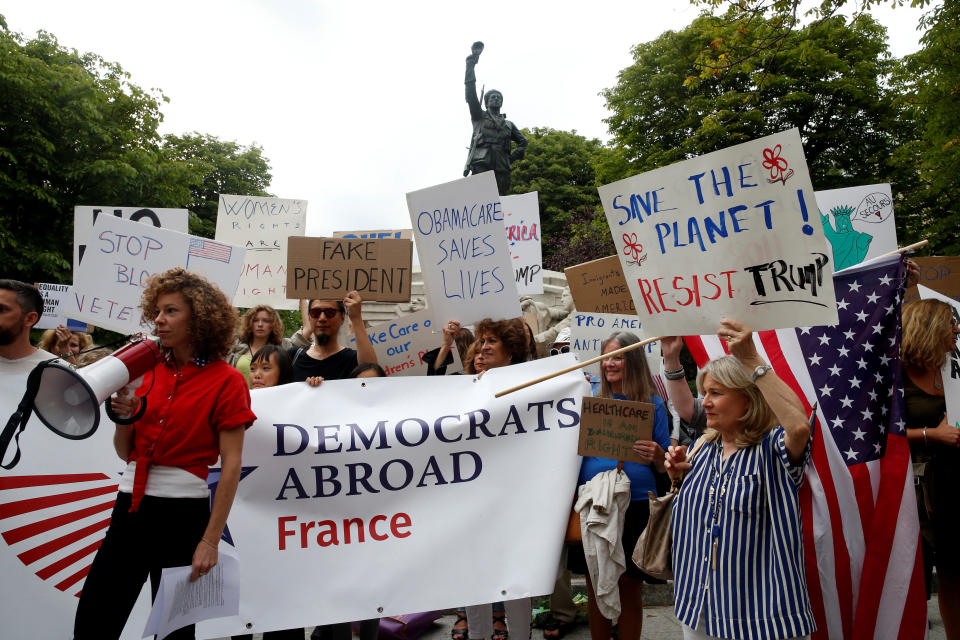
Trump is so disliked in France that the label “Trump à la française” has become a mark of political infamy, and former allies, such as the far-right National Front leader Marine Le Pen, rarely invoke his name. Even far-right voters don’t like Trump anymore. Supporters of the National Front, a populist, anti-immigrant party, hold increasingly negative views of Trump.
According to a new poll by HuffPost France, only around 20 percent of National Front voters say they have a positive opinion of Trump ― a decline of 11 percent since a similar poll from last year ― suggesting that familiarity has bred dislike.
Given the intense disregard of Trump, European leaders have, by and large, sought to distance themselves from the American president lest they be tainted by association.
In Germany, Chancellor Angela Merkel’s party made one small but significant change to its electoral program before national elections earlier this year, substituting the word “friend” with the word “partner” when referring to the U.S. That puts America in the same category as Turkey, a country with which Germany has strained relations.
Conversely, British Prime Minister Theresa May waded into political trouble when she invited Trump for a state visit soon after his inauguration. Formally, invitations for state visits have to be extended by the queen on advice from her government, and more than 1.8 million people signed an online petition to have the visit downgraded because Trump would “cause embarrassment to Her Majesty.” The speaker of the House of Commons also refused to allow Trump the honor of addressing the Westminster Parliament, citing Trump’s “racism and sexism.”
For now, the visit appears to be postponed until sometime next year.
Lennart Pfahler, Paul Waugh and Geoffroy Clavel contributed to this report.
Love HuffPost? Become a founding member of HuffPost Plus today.
Also on HuffPost
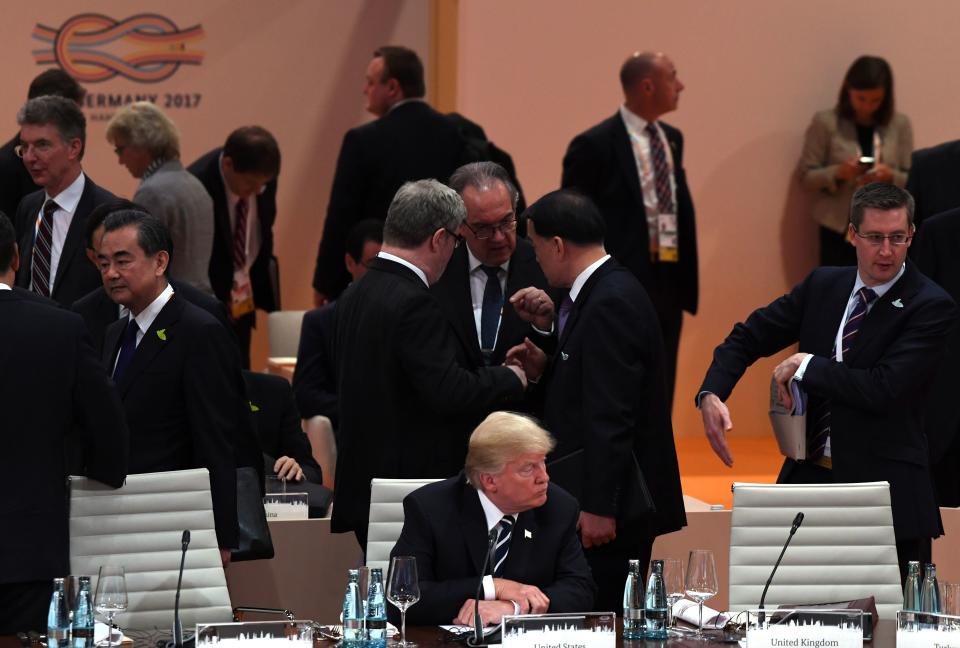

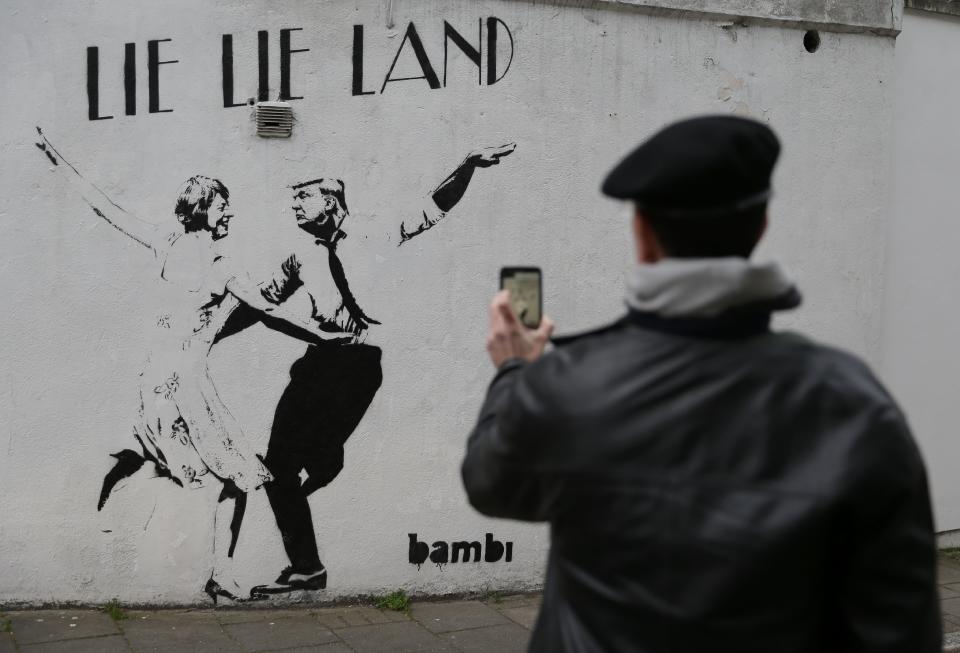
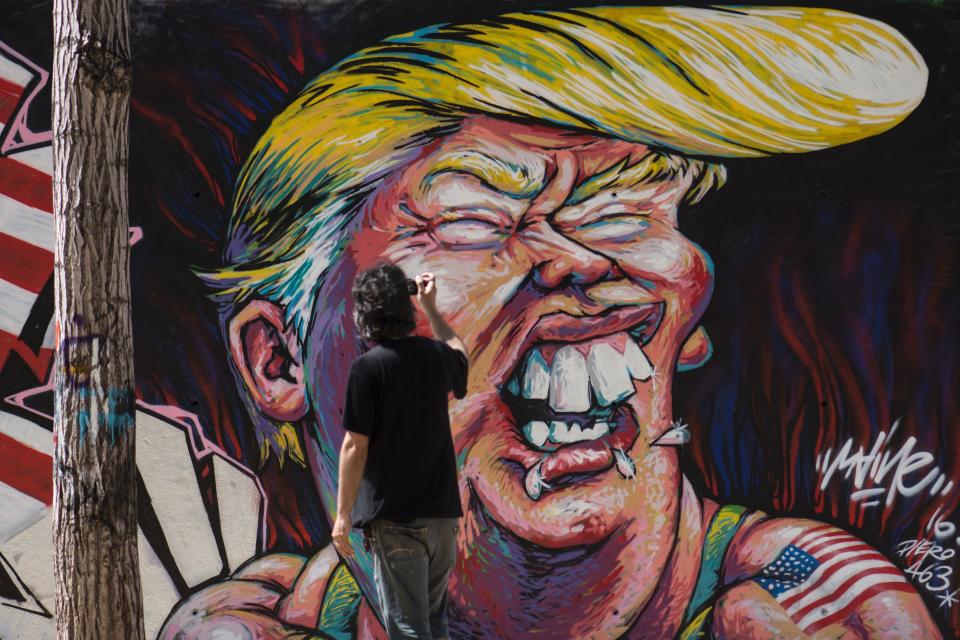
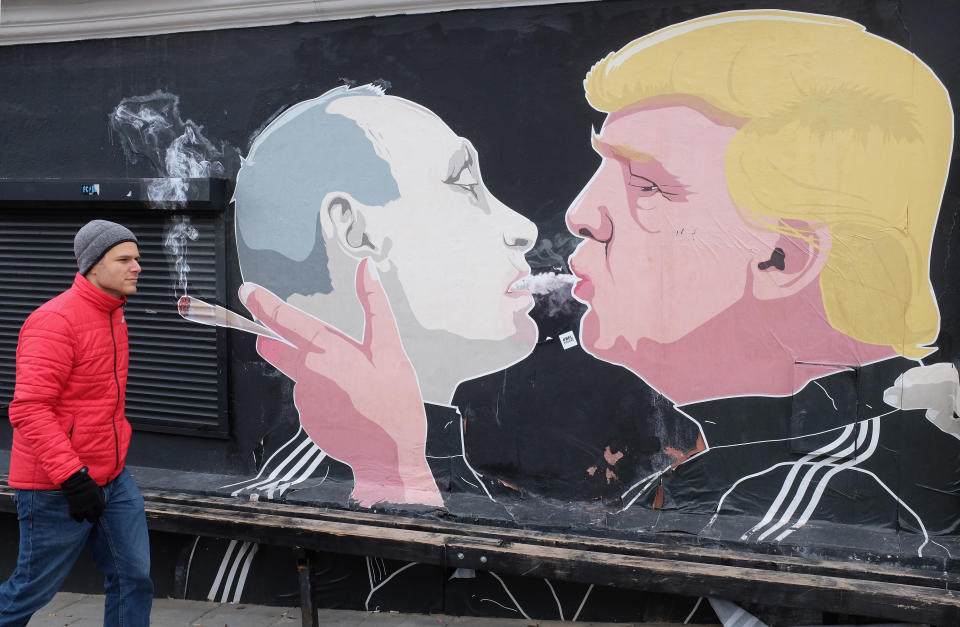
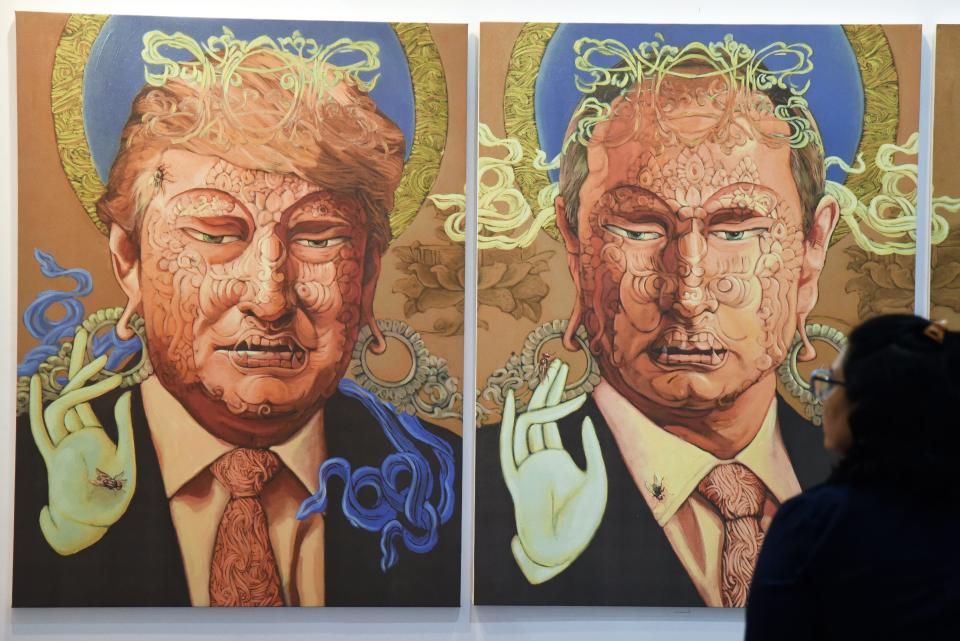
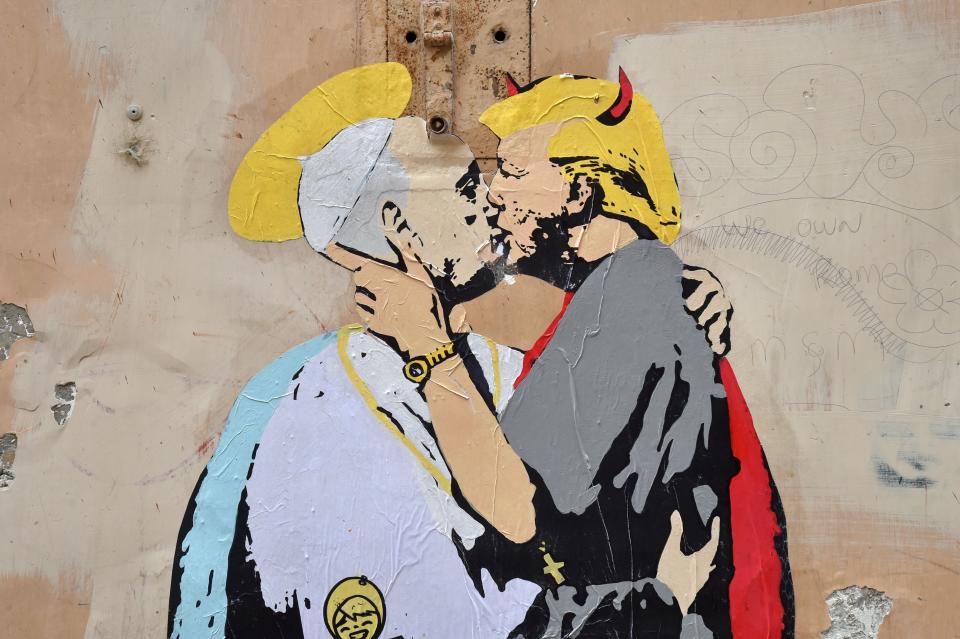
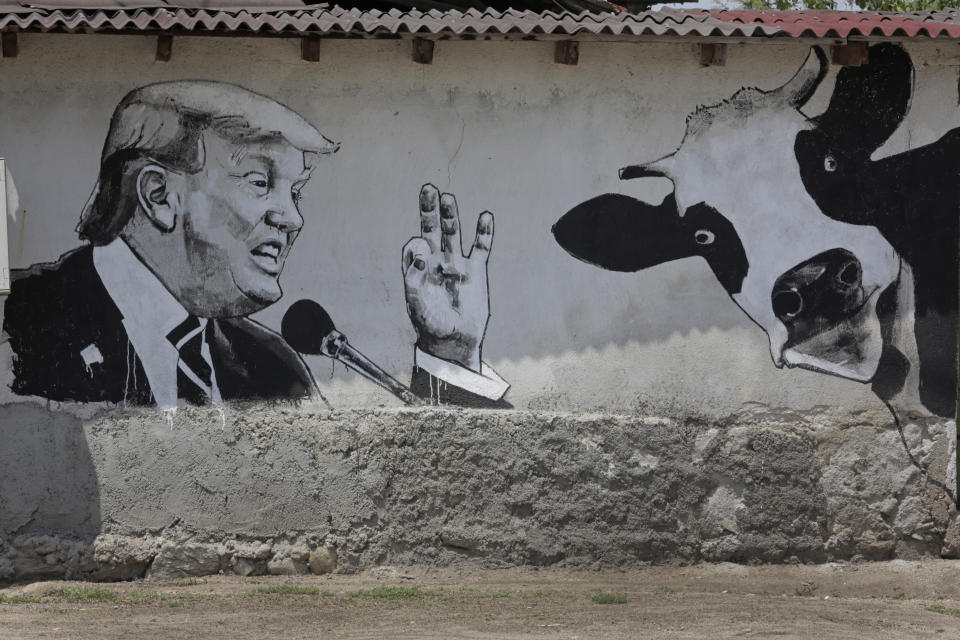

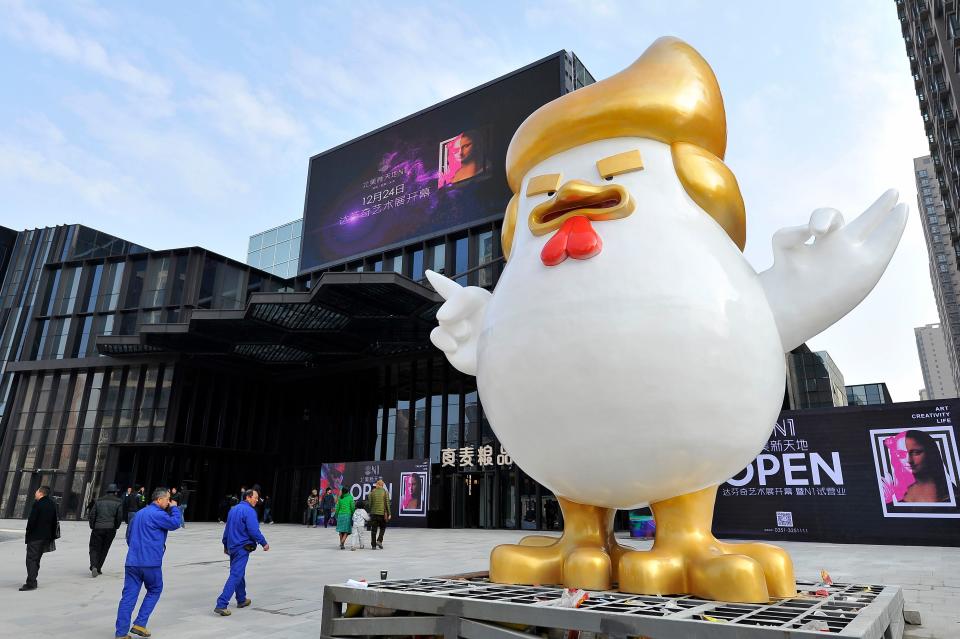
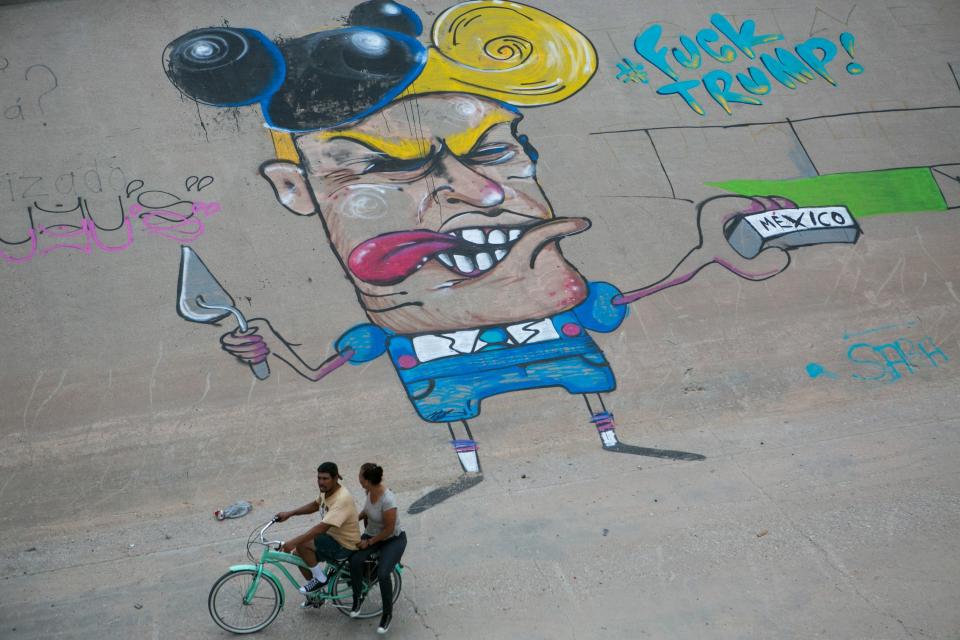
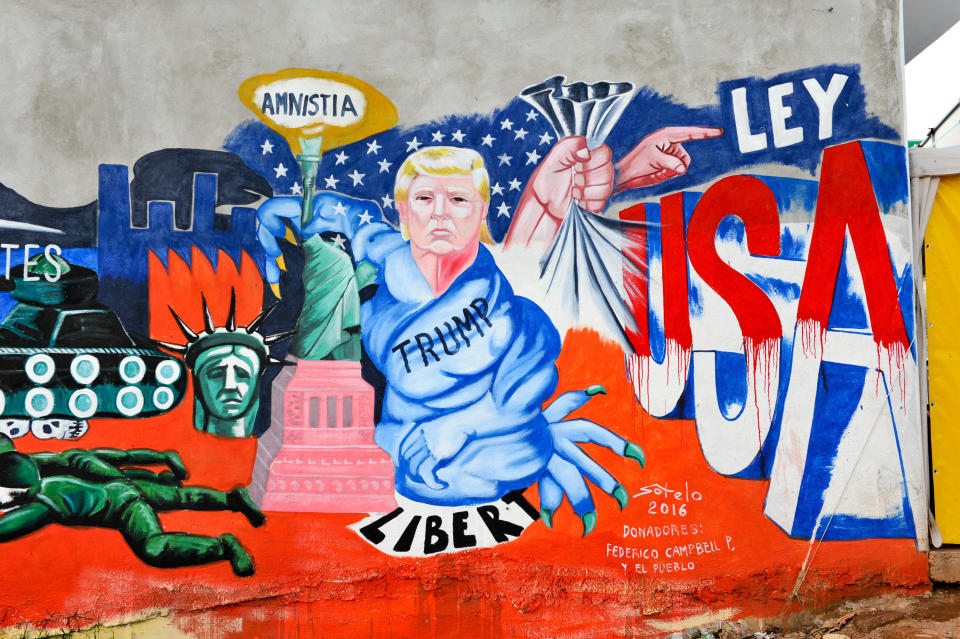

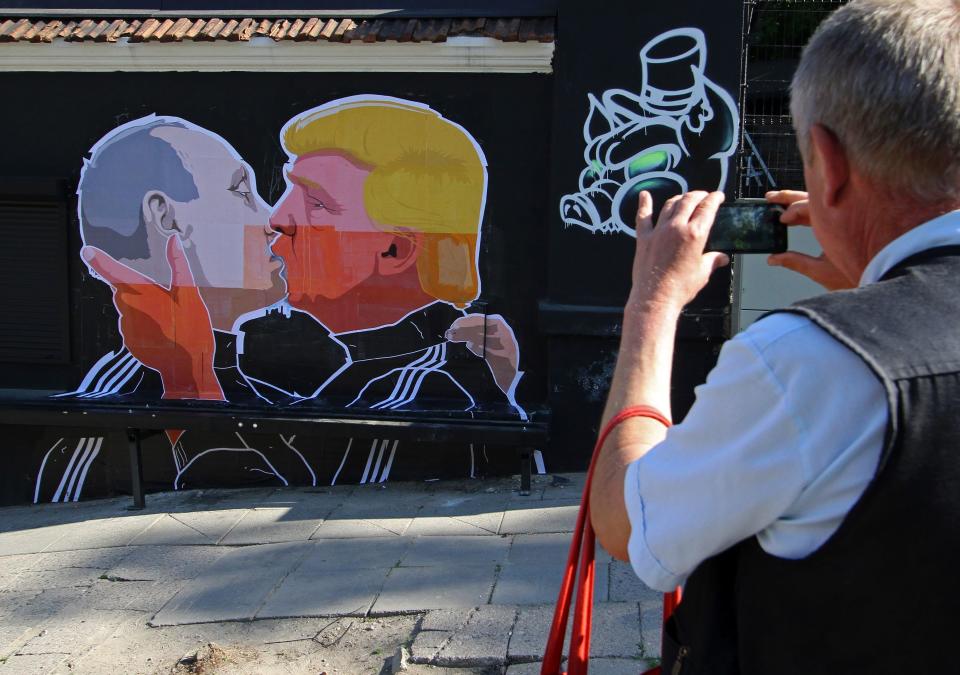

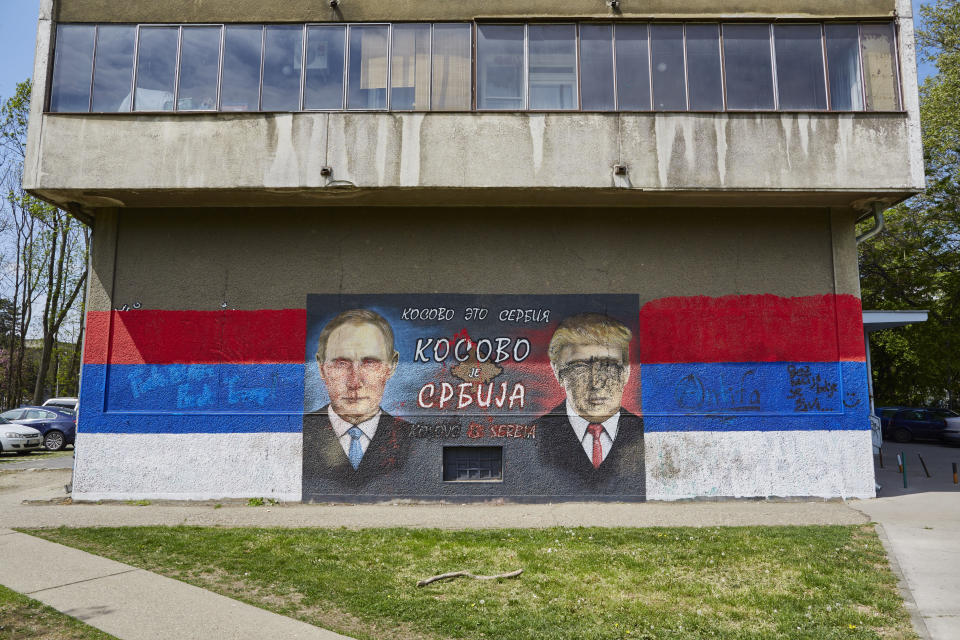
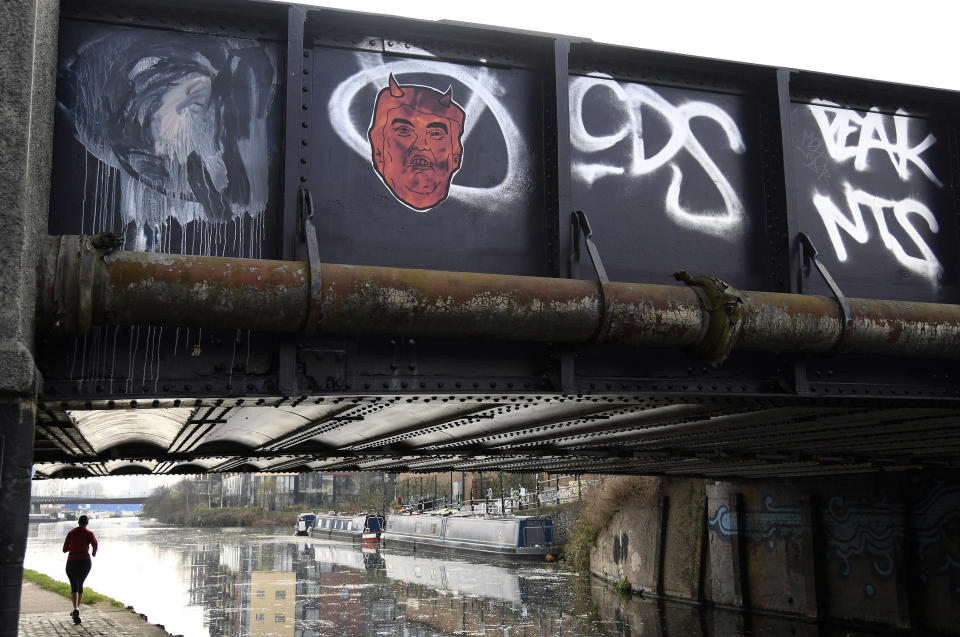
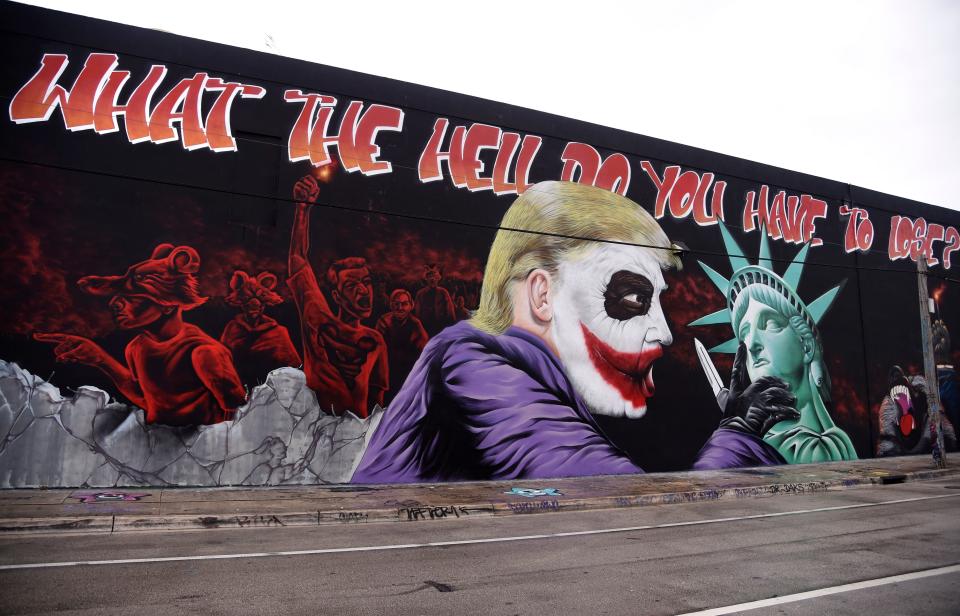
This article originally appeared on HuffPost.


